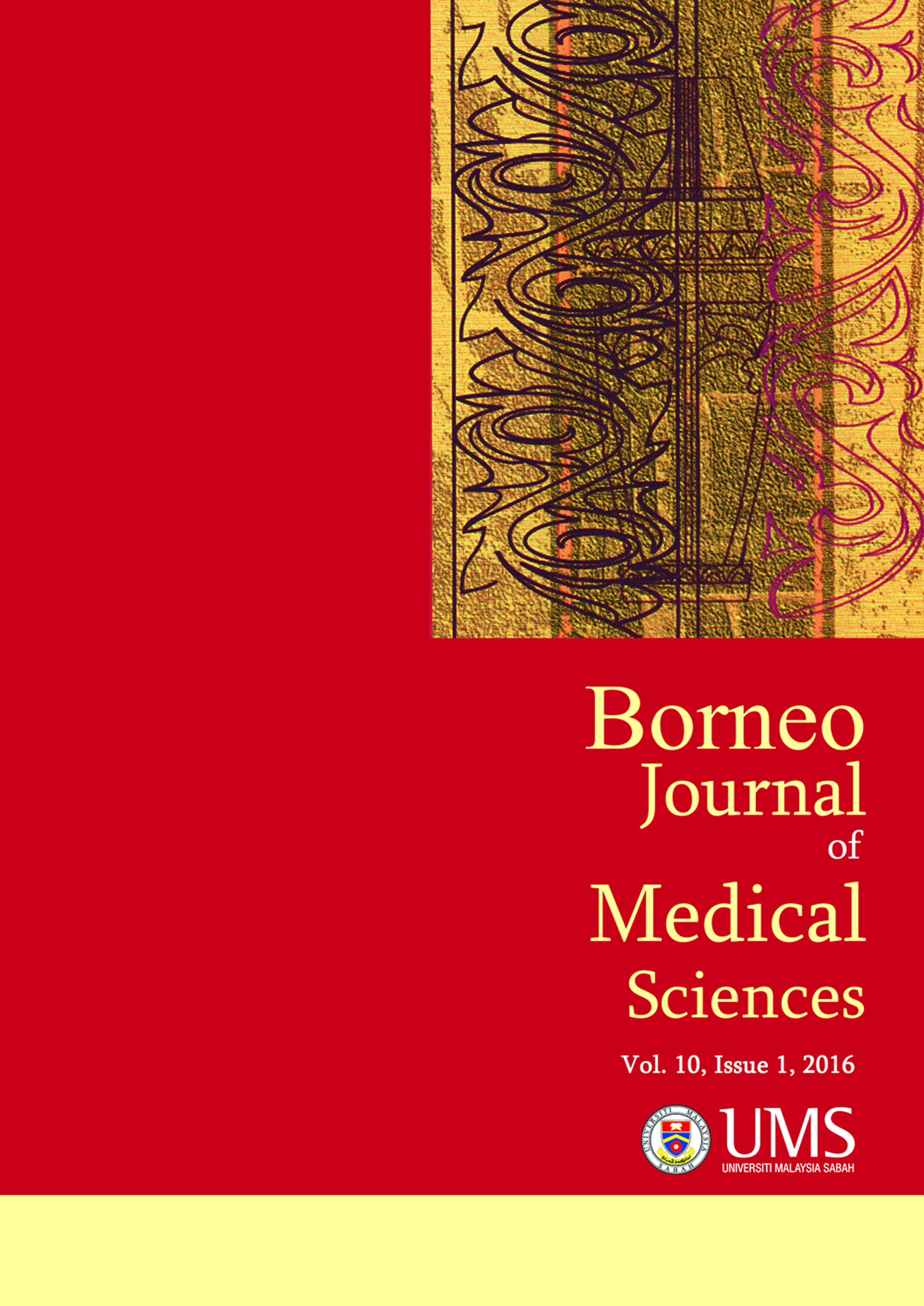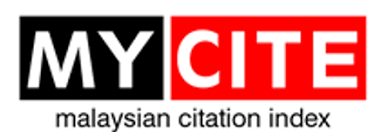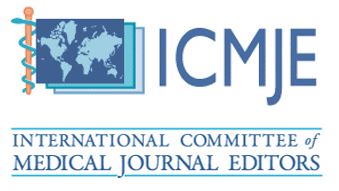Enterohemorrhagic Escherichia coli: A versatile pathogen that should be under surveillance
DOI:
https://doi.org/10.51200/bjms.v10i1.569Keywords:
Enterohemorrhagic Escherichia coli, verotoxins, hemolytic uremic syndrome, 0157, H7 serotype.Abstract
Out of bacteria which cause food –borne infections, enterohemorrhagic Escherichia coli (EHEC) is well known to be pathogen causing serious outbreaks. The first outbreak of EHEC infection occurred in 1982 was due to ingestion of hamburger at restaurant. A rare Escherichia coli serotype, 0157:H7 was isolated at that time and the following outbreaks were mostly due to this serotype. However, O26, O111 and O104 were also responsible for EHEC outbreaks. Enterohemorrhagic E. coli is an important food and water-borne pathogen. Verotoxins (VTs) produced by this pathogen causes painful hemorrhagic colitis along with major complications of hemolytic uremic syndrome (HUS). The morbidity and significantly high mortality and enormous economic loss are problematic to the health care administrators and EHEC infection is a serious public health issue. Another factor which makes it high transmissibility is the low infectious dose. The German O104:H4 epidemic was caused by the pathogen carrying a combination of virulence genes derived from two well-known pathogens, EHEC and enteroaggregative E. coli (EAEC). There is a possibility that two mobile DNA elements can occur again in this versatile pathogen. In this article, some aspects of EHEC infections which were established but not well known to the medical personals were explained to get understanding of why this infection should not be overlooked and should be under surveillance.Downloads
Published
How to Cite
Issue
Section
License
All articles are published under the Creative Commons Attribution-NonCommercial (CC BY-NC 4.0) license, enabling users to read, download, copy, distribute, and adapt the material for non-commercial purposes, provided proper credit is given to the original authors and the source. This model supports transparency, accessibility, and the global exchange of medical knowledge.








1.png)





